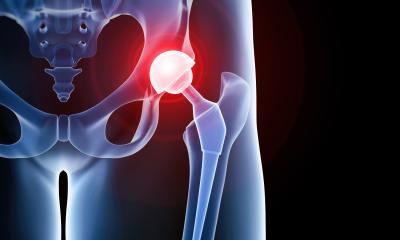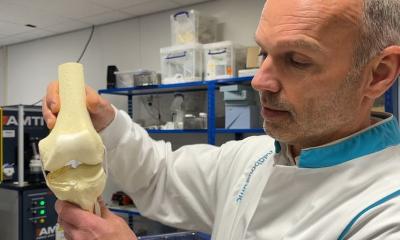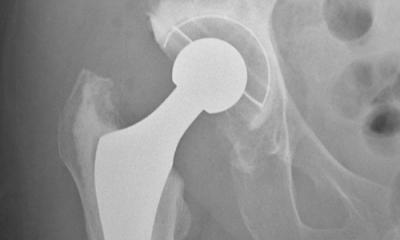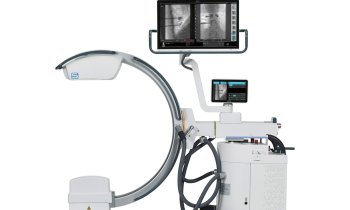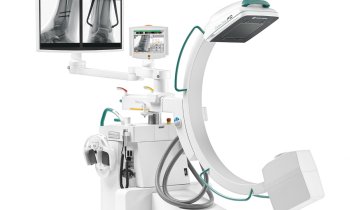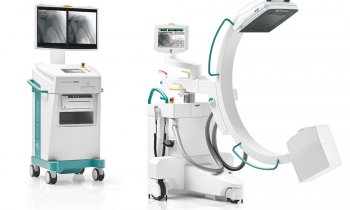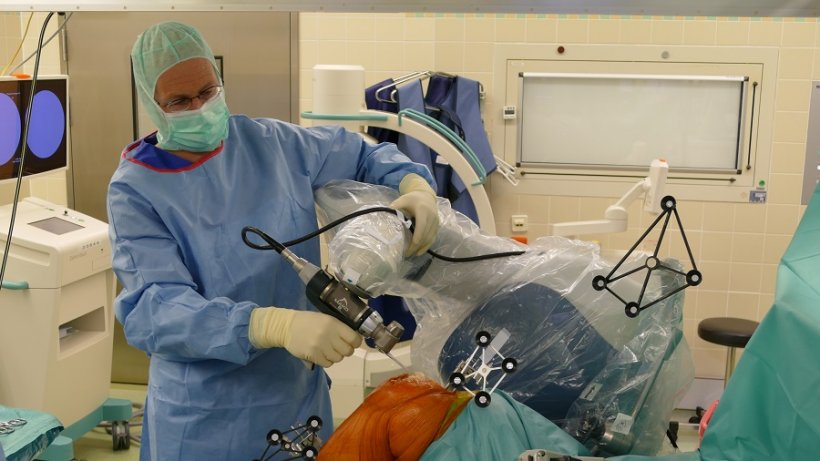
Source: MHH / Professor Dr Henning Windhagen
Article • Safe navigation
Enhanced precision with semi-automatic milling systems
We have all heard stories like that: the navigation app in the car confuses bridge and ferry – with the result that car and driver end up in the river. Professor Dr Henning Windhagen likens this situation to robotics in orthopaedic surgery: “The robotic system does precisely what the surgeon asks it to do – just like a GPS it shows the route the driver has selected. Neither of these systems is fully intelligent: the moment something unexpected happens they just plough along on their programmed path. In the case of orthopaedics this can lead to a tendon being cut because it happened to be in the way”. This is why the medical director of the Hannover Medical School (MHH), Department of Orthopaedics at the DIAKOVERE Annastift, is a great fan of semi-automatic systems that help with implants but leave the surgeon in the driver’s seat.
Report: Sonja Buske
For Professor Windhagen robotics has become part of everyday routine in orthopaedic surgery. As early as 1999 he had started working with Robodoc, a computer-aided system for milling and implanting hip endoprostheses. While the old systems milled without human intervention, new systems offer semi-automatic milling – thus putting the surgeon back in control. “We use such systems primarily for knee replacements,” Professor Windhagen explains and adds that “the saw is mounted on a robotic arm which is guided by the surgeon.
In a first step we make a CT scan to define the space in which the robot may move. The surgeon cannot leave this defined space. Thus, sub-millimetre cuts can be done with a precision that was impossible before. The surgeon can stop the intervention at any point in time.” For Professor Windhagen the semi-automatic system is currently the ideal solution: “Robotics increases precision and the surgeon provides safety”.
Professor Windhagen underlines the difference between robotics and resection surgery: “In the latter case rough movements of the hand are transformed into minute movements – which makes a lot of sense. In orthopaedic surgery, however, we require a system that can precisely perform a pre-planned task.”
Post-operative care has changed
With technology progressing, the treatment of knee arthroplasty patients patients has also changed. “Until a few years ago, we assumed that we had to straighten the leg. In fact, only 5 percent of patients have straight legs. Most others have slightly x-shaped or o-shaped legs. Thus we forced a straight leg upon 95 percent of the patients – which could have severe consequences. Fortunately, in the last couple of years, individual alignment of the knee axes has become an important option which increases patient satisfaction. This alignment requires a degree of precision that is hard to achieve without robotics”.
The future is called sensorics
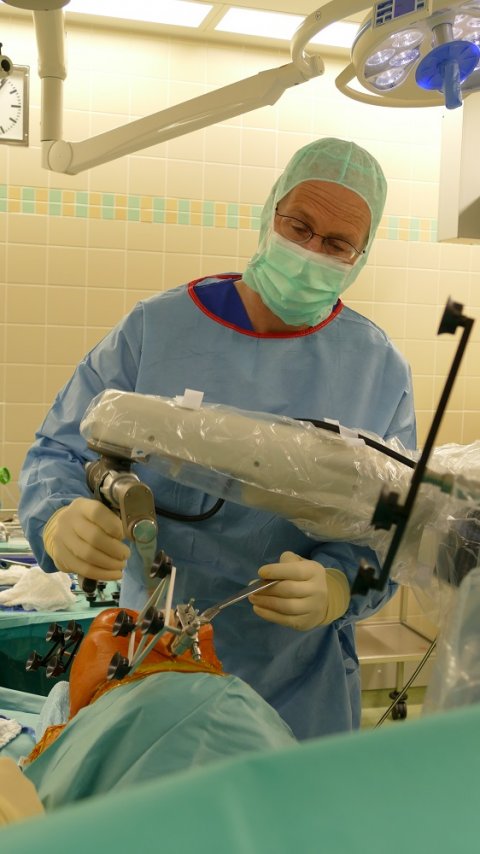
In addition to the alignment of the knee axes, joint play is another important factor of the perfect joint replacement. Professor Windhagen‘s team uses sensors in the knee that record pressure and display tension values. The implant can be adjusted based on this data. “Ideally, we know the result before we start milling”. To reach this goal, the surgeon is currently involved in a research project at the Lower Saxony Centre for Biomedical Engineering, Implant Research and Development (NIFE). The experts of the Leibniz University and the Hannover Medical School aim to develop sensors that are fixed to the ligament in order to measure the pressure on the implant.
The results will be transmitted to the robot which can then implant the replacement more autonomously. Professor Windhagen: “We have to arrive at a point where the machine knows better than the surgeon where exactly the implant has to be positioned”. Windhagen expects the technology to mature within the next five to ten years with progress being made step by step: “First, the sensors will be optimized, then the link to the robot. In a third step an artificial intelligence routine will be developed and in the end the software will execute the entire intervention. That’s the future”.
Today, robotics comes with a hefty price tag and many hospitals shy away from such a financial investment. But Windhagen has a powerful counter-argument: “The Australian Joint Replacement Registry confirms a reduction in unicondylar hip and knee replacement revision by 50 percent. That is an enormous economic benefit. Robotics is definitely increasing safety in orthopaedic surgery”.
Profile:
Professor Dr Henning Windhagen is Medical Director of the Department of Orthopaedic Surgery (at DIAKOVERE Annastift) at Hannover Medical School (MHH) and specialist for arthroplasty and reconstructive joint surgery. After his medical studies in Marburg, Germany, he was a research fellow in orthopaedic biomechanics at Harvard Medical School, Boston, USA. His further clinical career took him to university hospitals in Berne, Berlin und Hannover. His research focuses on implants, particularly material development, joint kinematics and robotic surgery. Since 2012, he has been a member of the board of the Lower Saxony Centre for Biomedical Engineering, Implant Research and Development (NIFE).
21.02.2022



